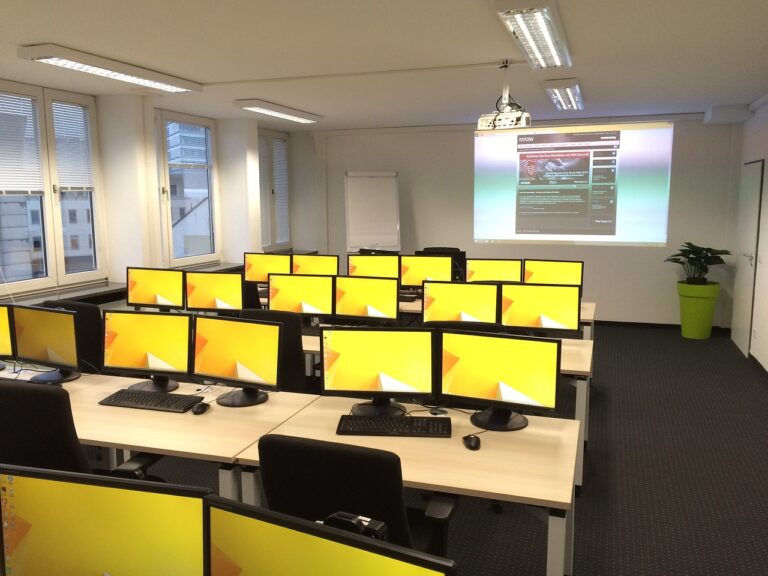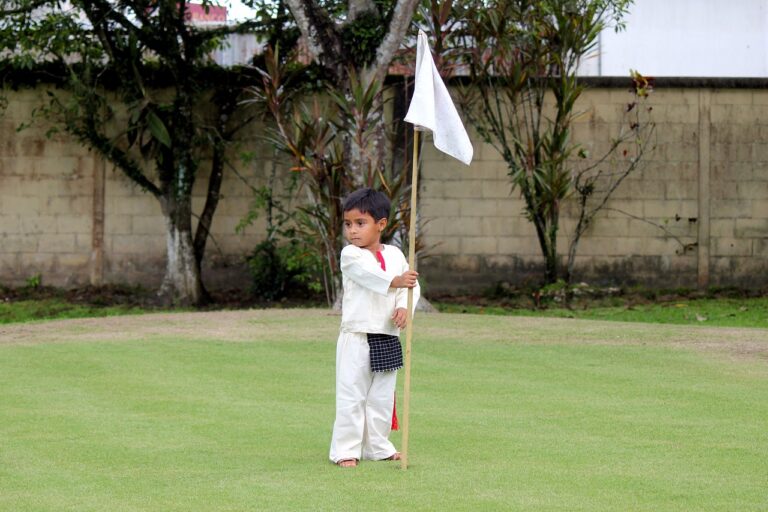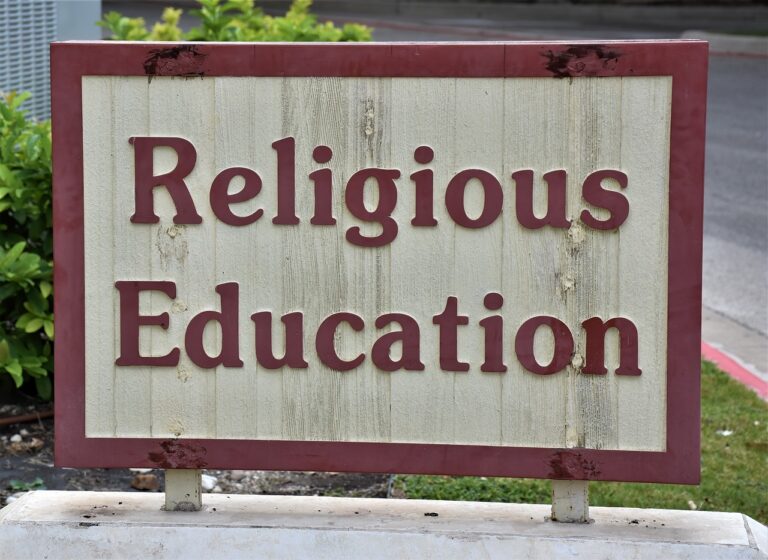Exploring Culturally Sustaining Pedagogies in the Classroom
In today’s diverse educational settings, teachers play a crucial role in promoting cultural awareness among students. By incorporating multicultural perspectives into the curriculum, educators can create a more inclusive learning environment where students from different backgrounds feel valued and respected. This not only fosters a sense of belonging for every student but also helps enhance their understanding and appreciation of various cultures.
Cultural awareness in education goes beyond simply acknowledging cultural differences – it involves actively embracing diversity and incorporating it into everyday classroom practices. Educators can achieve this by integrating diverse literature, art, music, and history into their teaching materials, exposing students to a wide range of perspectives and experiences. This approach not only enriches the educational experience for all students but also prepares them to thrive in an increasingly globalized society.
Understanding Diverse Student Backgrounds
Diversity in student backgrounds shapes the educational landscape in profound ways. Each student brings a unique set of experiences, beliefs, and values to the learning environment. Acknowledging and appreciating this diversity is crucial for creating inclusive and equitable educational spaces.
By understanding the diverse backgrounds of students, educators can tailor their teaching methods to better meet the needs of all learners. This involves recognizing and valuing the different learning styles, communication preferences, and cultural norms present within the student body. Embracing diversity in education not only enriches the academic experience but also promotes empathy, respect, and understanding among students and educators alike.
Why is cultural awareness important in education?
Cultural awareness in education is crucial because it helps educators understand the backgrounds and experiences of their students. This understanding allows for more effective communication, teaching, and support for students from diverse backgrounds.
How can educators better understand their students’ diverse backgrounds?
Educators can better understand their students’ diverse backgrounds by taking the time to learn about different cultures, traditions, and values. They can also engage with students and their families to gain insights into their unique experiences and perspectives.
What are some strategies for creating a more inclusive classroom environment?
Some strategies for creating a more inclusive classroom environment include incorporating diverse perspectives in curriculum, providing opportunities for students to share their cultural backgrounds, and promoting respect and understanding among students.
How can educators address cultural differences in the classroom?
Educators can address cultural differences in the classroom by promoting open dialogue, encouraging empathy and understanding, and creating a safe space for students to share their experiences and perspectives. Additionally, educators can adapt teaching strategies to accommodate different learning styles and cultural practices.
How can educators support students from diverse backgrounds?
Educators can support students from diverse backgrounds by being culturally responsive, providing resources and support tailored to their needs, and fostering a sense of belonging and inclusion in the classroom. It is essential for educators to recognize and celebrate the diversity of their students.





